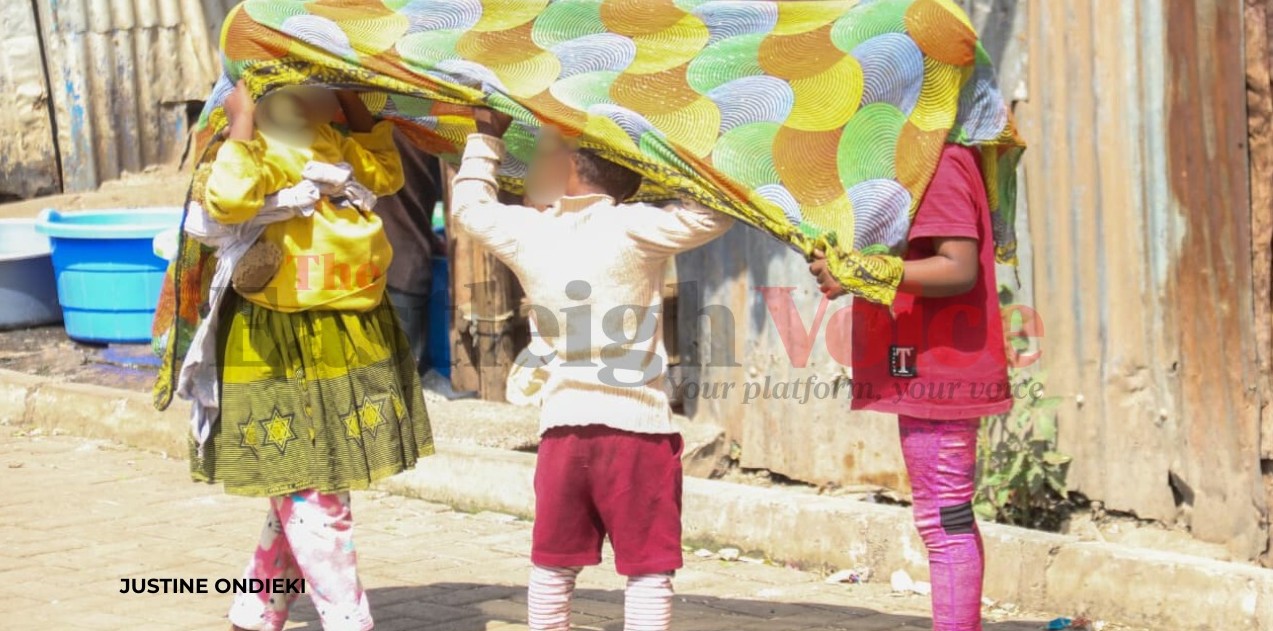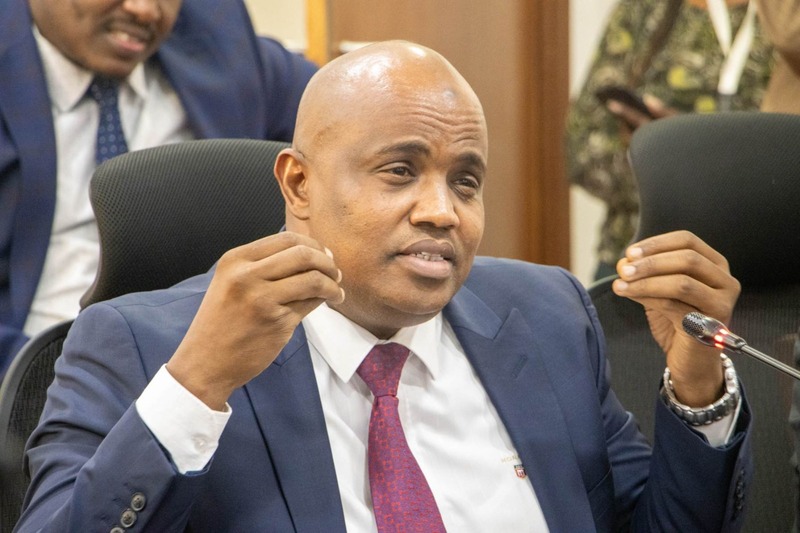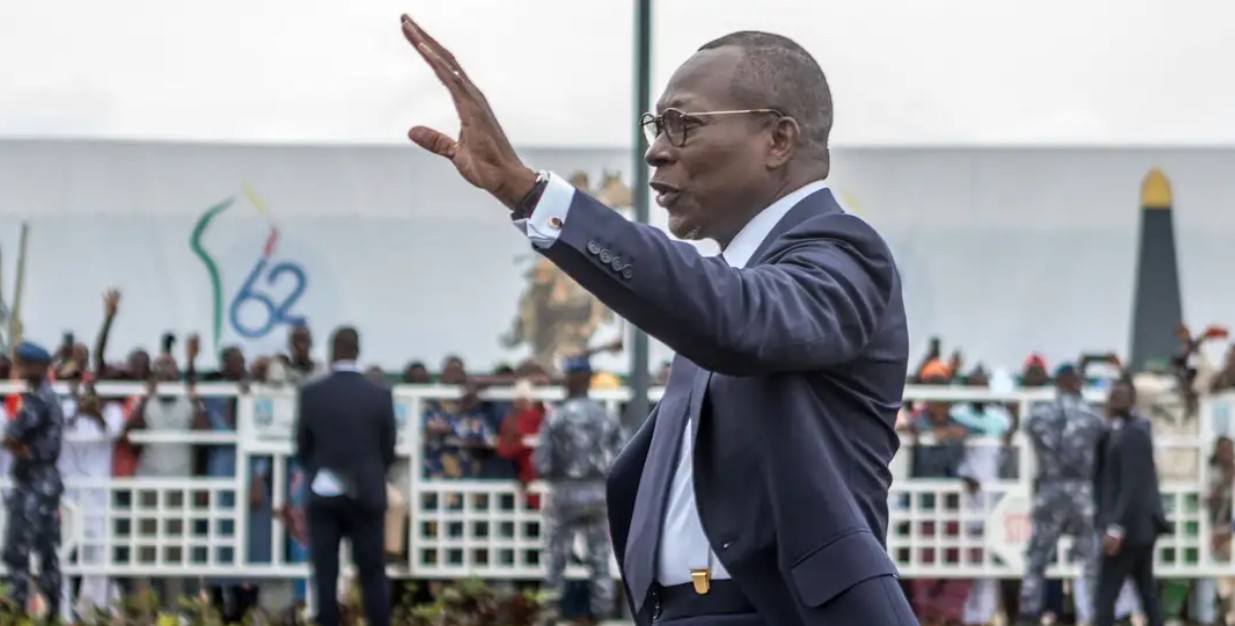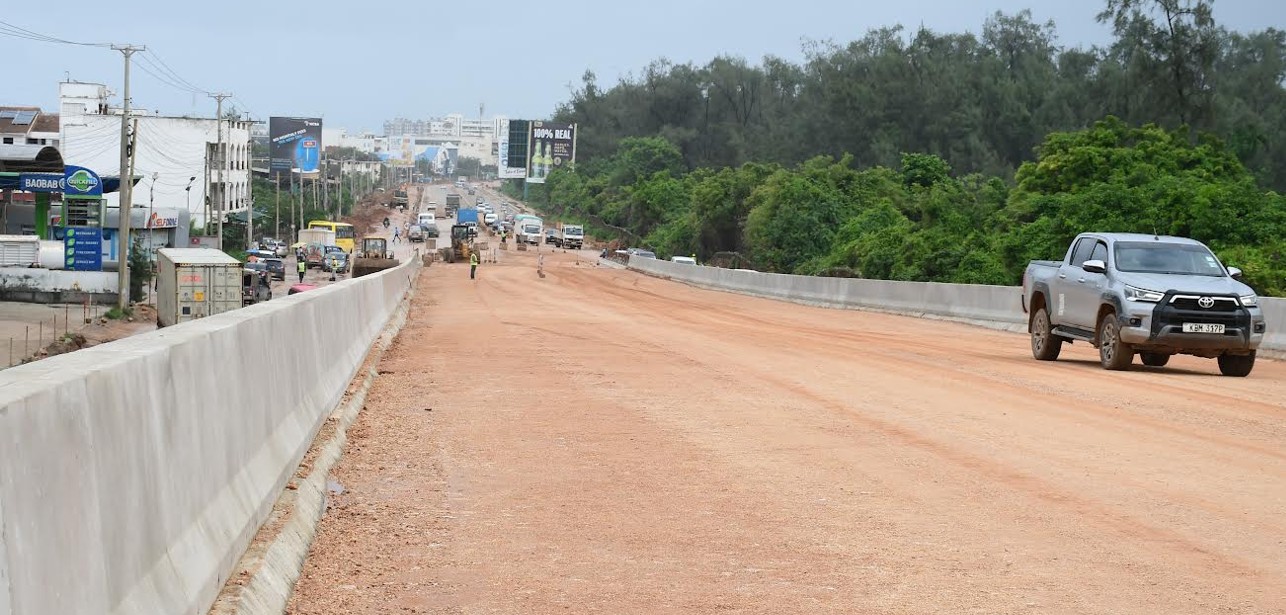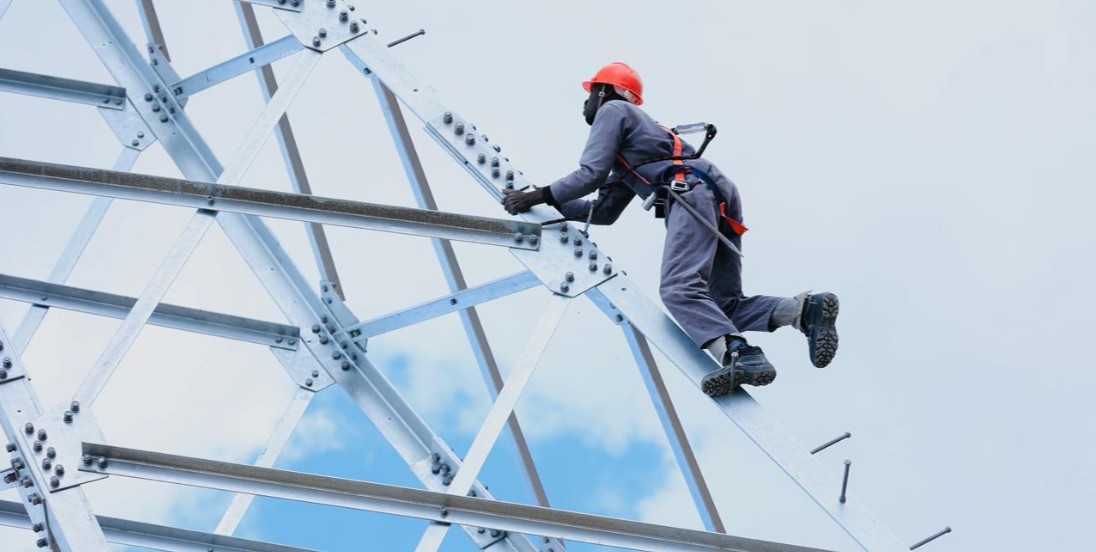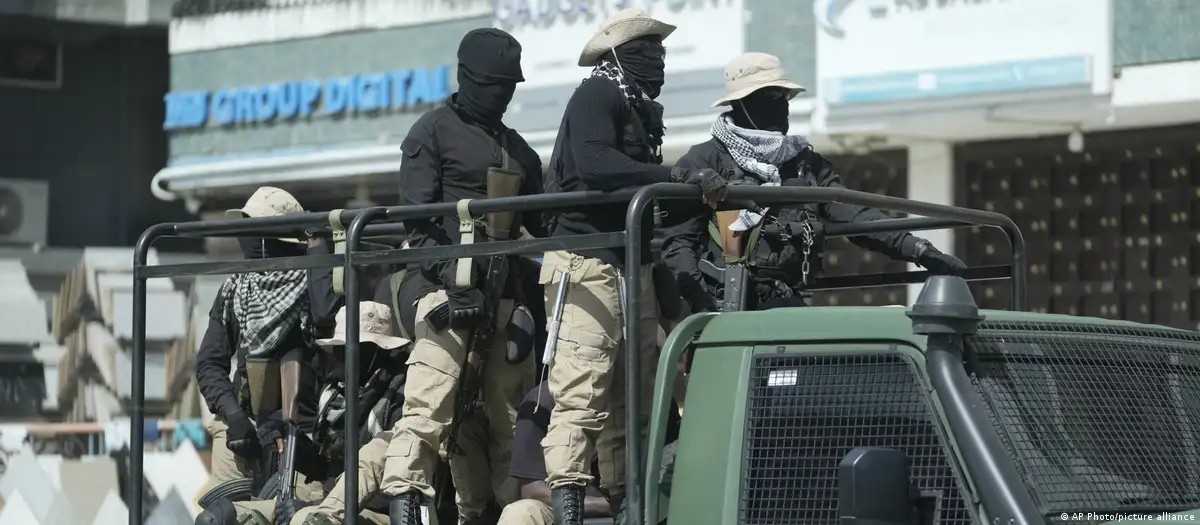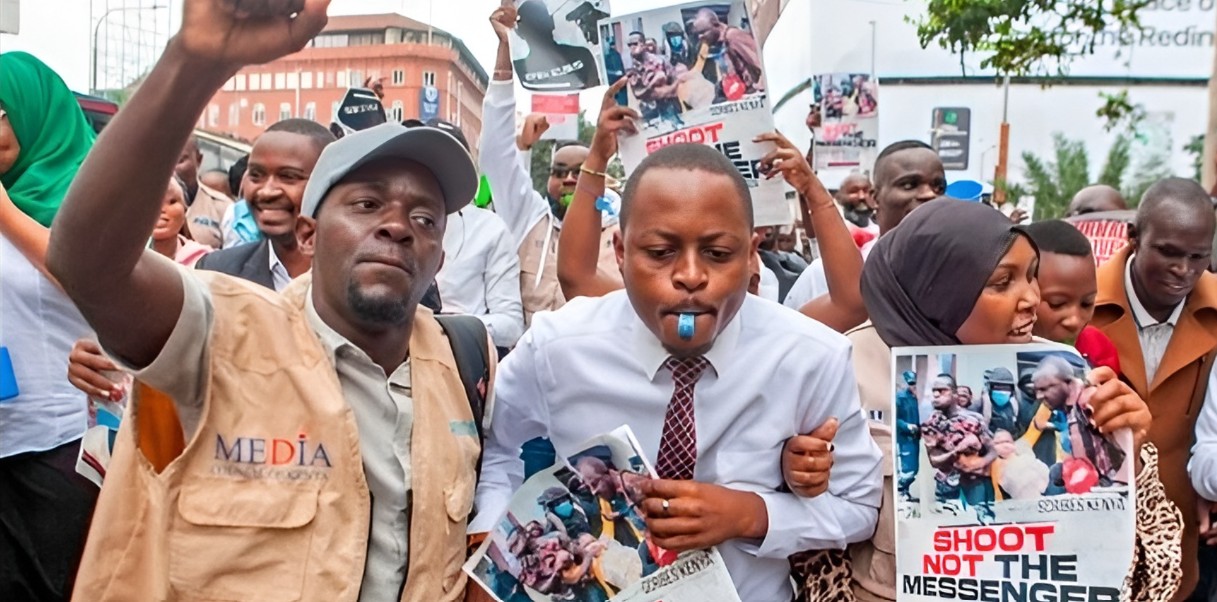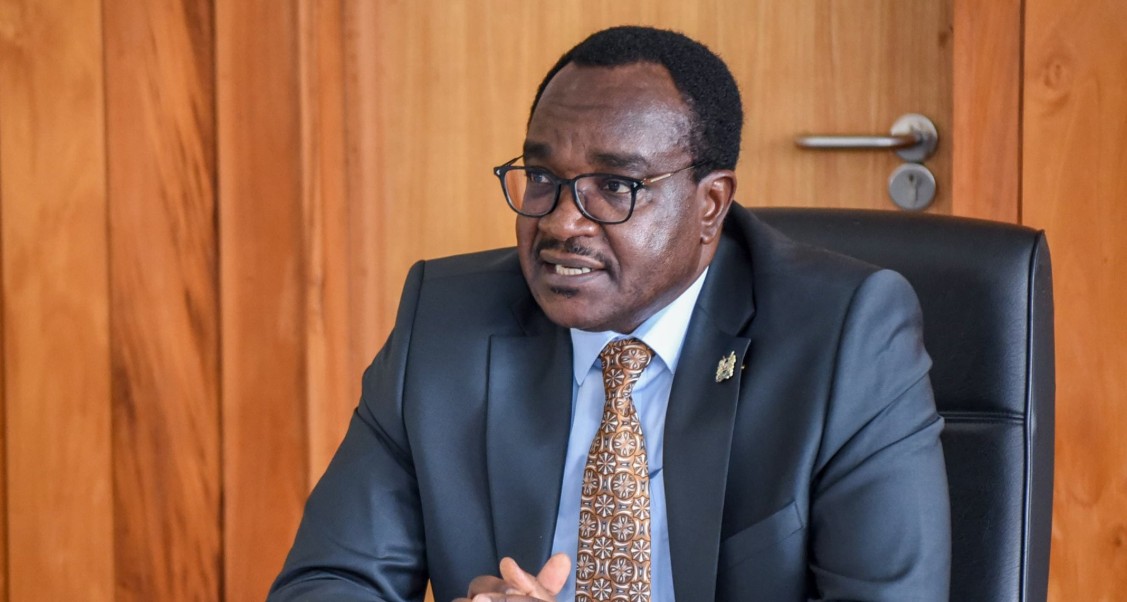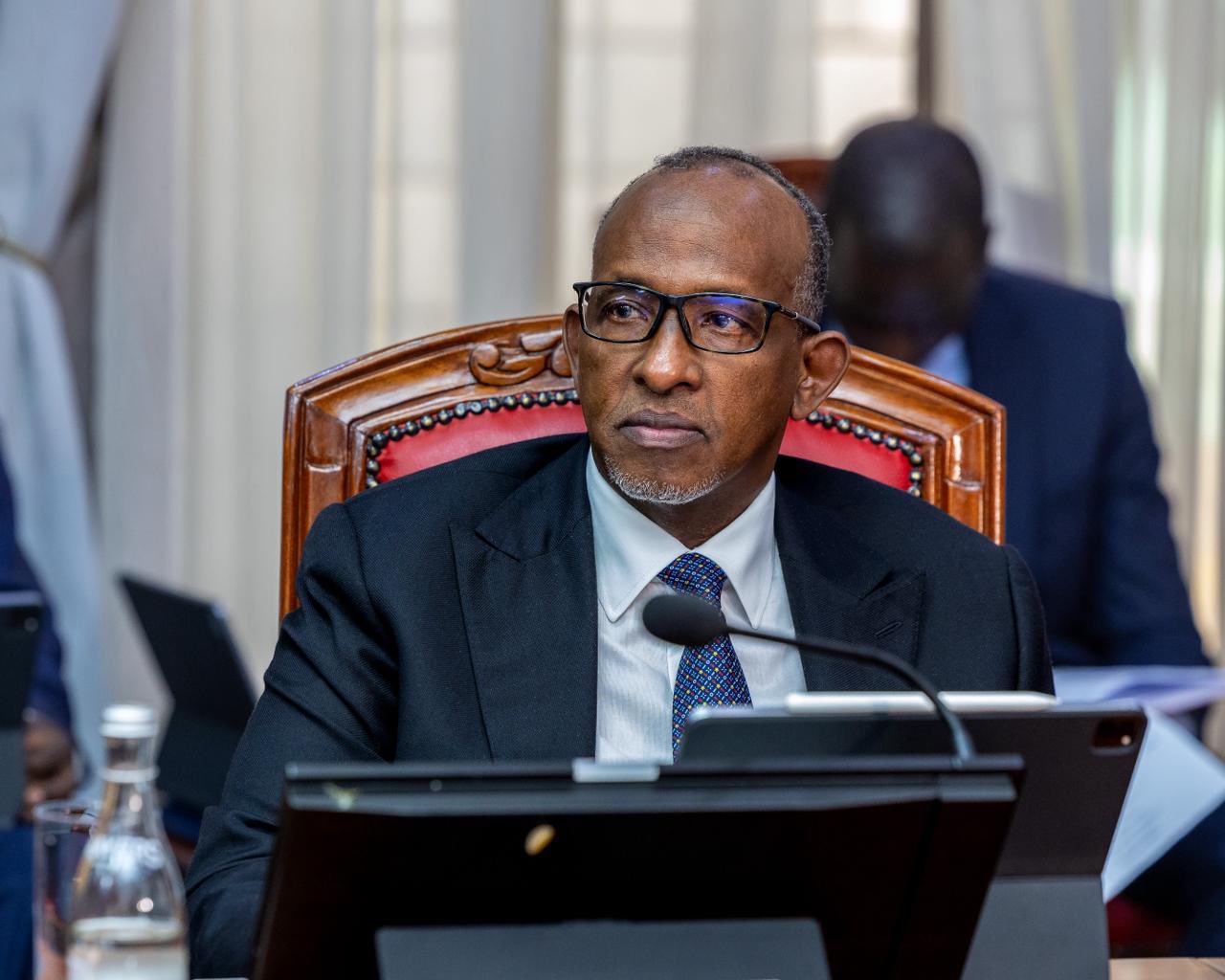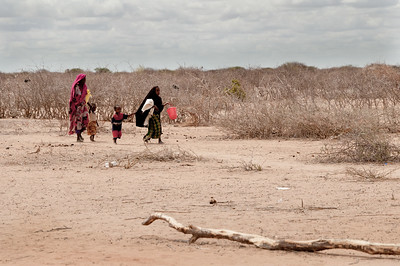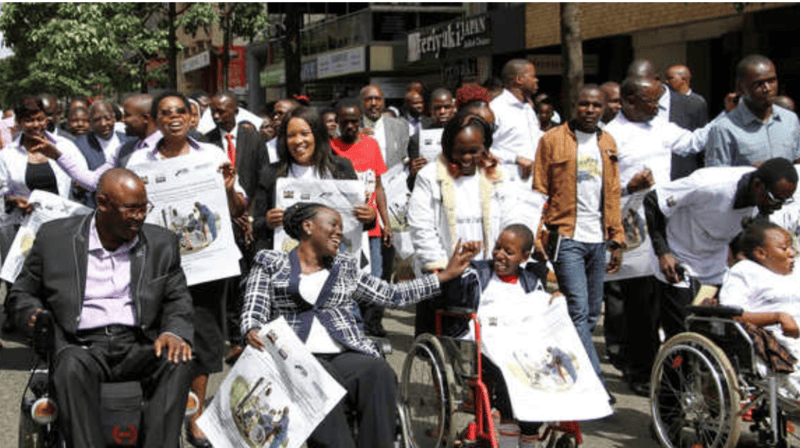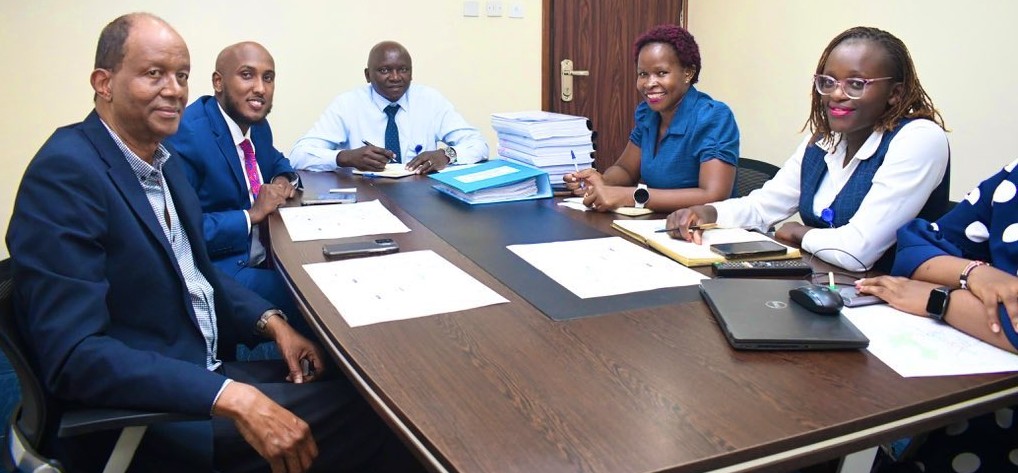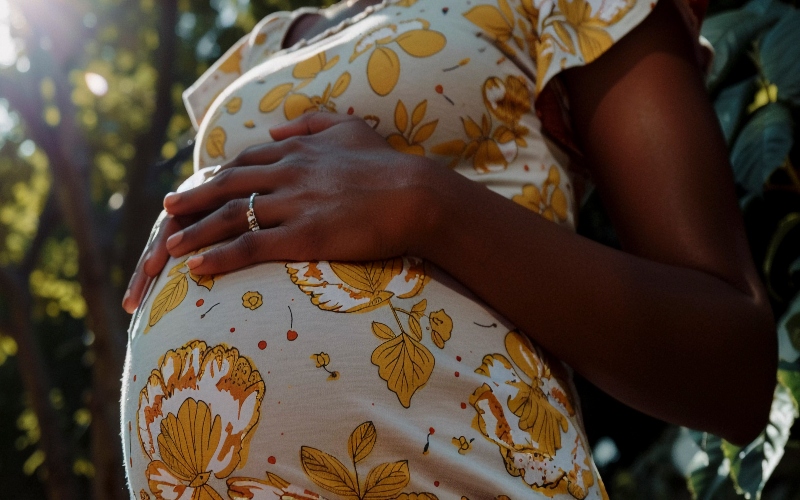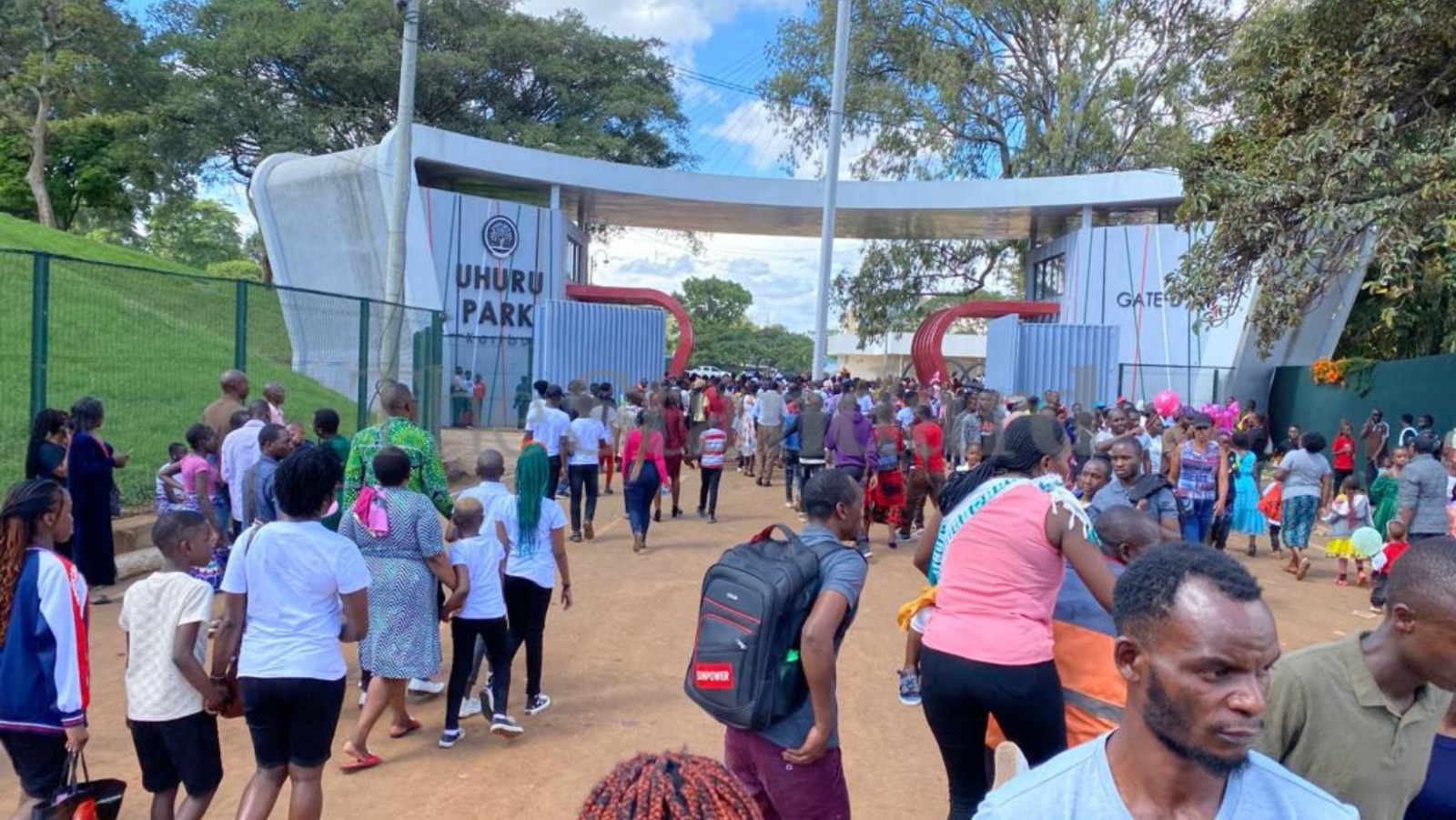Amnesty report shows at least 128 killed, 3,000 arrested in 2024–2025 Gen Z protests

Findings revealed how the state combined traditional and digital repression to target activists, particularly those from marginalised socio-economic backgrounds.
At least 128 people were killed, 83 forcibly disappeared, and more than 3,000 arrested during the 2024–2025 Gen Z protests, according to a new report by Amnesty International.
Titled “This fear, everyone is feeling it: Tech-facilitated violence against young activists in Kenya,” the report notes that most fatalities and disappearances resulted from the excessive use of force by security agencies targeting youth-led demonstrations and online organisers.
More To Read
- Kenya, Somalia named top offenders as journalist arrests surge across Africa
- Rights group calls for nationwide Sudan arms ban amid deadly attacks
- Kanja admits police could have done better in handling Gen Z protests, advocates for training
- Gen Z protests in Kenya: Key facts (2024-2025)
- Court rules Dutch national Elwin Ter Horst unfit to stand trial
- Court recommends murder charges against three officers over 2022 Masimba killings
December 2024 was particularly deadly, with security operations during protests resulting in 63 deaths, 83 abductions, and 2,000 arbitrary arrests. The Kenya National Commission on Human Rights (KNCHR) recorded 82 enforced disappearances between June and December 2024.
Amnesty International said it wrote to the National Intelligence Service and other authorities, which responded that they were aware of the allegations and would advise relevant authorities on their findings.
“The Service is aware of the allegations and will advise the relevant authorities on its findings, in line with its constitutional mandate,” it said.
Police brutality, poor governance
Violence surged again in June 2025 as thousands of young human rights defenders staged protests against police brutality, poor governance, and the lack of accountability for the previous year’s killings. Public anger intensified following the death of 31-year-old digital creator Albert Ojwang in custody on June 8.
Amnesty reports that clashes with police involved tear gas, rubber bullets, and live rounds. The report also describes masked aggressors infiltrating demonstrations with tyre whips, wooden batons, and knives, with indications of coordination and support from police, according to the Police Reforms Working Group.
“More than 400 people were injured, and at least 16 killed, including bystander Boniface Mwangi Kariuki, who succumbed to gunshot injuries two weeks after being shot at close range by police,” reads the report.
Two officers responsible for Kariuki’s shooting have been arrested, though investigations into violent groups remain unresolved.
Saba Saba Day protests
On July 7, 2025, thousands of Kenyans commemorated Saba Saba Day, marking the 1990 pro-democracy protests against one-party rule under KANU.
Amnesty notes that Nairobi saw high turnouts, but the National Police Service cordoned off the central business district, pushing demonstrations to satellite towns including Ngong, Kiserian, Rongai, and Bulbul.
At least 38 people were killed and over 500, including police officers, were injured, according to the Police Reforms Working Group. The Office of the Director of Public Prosecutions charged protesters with offences such as crimes under the Prevention of Terrorism Act, murder, robbery with violence, malicious damage to property, theft, and unlawful assembly.
“Most of those affected were aged 20–29,” reads the report.
Between the 2024 and 2025 protests, Amnesty International estimates that excessive use of force by security agencies led to at least 3,000 arbitrary arrests, 83 enforced disappearances, and 128 deaths.
Social media platforms
The report highlights that social media platforms, including TikTok and X, played a crucial role in organising protests, disseminating information, and crowdfunding support for arrested activists. However, it adds that Kenyan authorities responded with online intimidation, unlawful surveillance, and arrests of prominent social media voices.
Research for the report involved interviews and focus groups with 31 young human rights defenders aged 18–28, alongside older activists, journalists, and representatives from digital and human rights organisations.
Findings revealed how the state combined traditional and digital repression to target activists, particularly those from marginalised socio-economic backgrounds.
Amnesty International made several recommendations to strengthen accountability and human rights protections. The Kenya National Commission on Human Rights has been urged to fully exercise its mandate to investigate and make recommendations to improve state organs’ functioning.
Social media company X was called on to overhaul human rights due diligence in its operations, improve content moderation, and ensure transparent reporting.
Amnesty also urged telecommunications company Safaricom to submit to independent investigations over alleged unlawful data sharing with police and intelligence agencies. International partners of Kenyan security services, particularly the US, UK, and European allies, were encouraged to review collaboration agreements in light of documented abuses.
Top Stories Today
